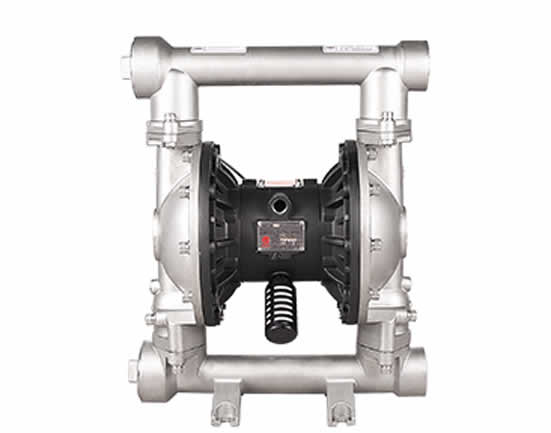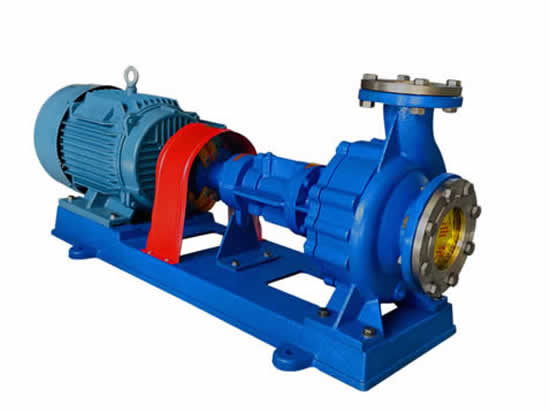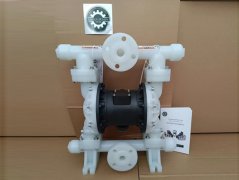Diaphragm pumps use nitrile rubber, neoprene, fluororubber, polyvinylidene fluoride, and polytetrahexaethylene according to different liquid media. To meet the needs. Placed in various special occasions, used to pump a kind of medium that cannot be pumped by conventional pumps.
Nitrile butadiene rubber: It is produced by emulsion polymerization of butadiene and acrylonitrile. Nitrile rubber is mainly produced by low-temperature emulsion polymerization. It has excellent oil resistance, high wear resistance, good heat resistance, and adhesion. Strong. Its disadvantages are poor low temperature resistance, poor ozone resistance, poor electrical properties, and slightly lower elasticity.
Chloroprene rubber: also known as chloroprene rubber, is an elastomer produced by α-polymerization of chloroprene (ie 2-chloro-1,3-butadiene) as the main raw material. The appearance is milky white, beige or light brown flakes or blocks, density 1.23-1.25g/cm3, glass transition temperature −40-50°C, breaking point −35°C, softening point about 80°C, Decomposes at 230-260°C. Soluble in organic solvents such as chloroform and benzene, swelling in vegetable oil and mineral oil without dissolving. It has good physical and mechanical properties, oil resistance, heat resistance, flame resistance, sunlight resistance, ozone resistance, acid and alkali resistance, and chemical resistance. The disadvantage is poor cold resistance and storage stability.
Polyvinylidene fluoride: white powdery crystalline polymer. The density is 1.75-1.78g/cm3. Glass transition humidity -39℃, embrittlement temperature -62℃, melting point 170℃, thermal decomposition temperature above 316℃, long-term use temperature -40~150℃. It can be molded by general thermoplastic processing methods. Its outstanding features are high mechanical strength and good radiation resistance. It has good chemical stability and is not corroded by acids, alkalis, strong oxidants and halogens at room temperature. A few chemicals such as oleum, strong alkalis, ketones, and ethers can swell or partially dissolve them. Dimethylacetamide Strong polar organic solvents such as dimethyl sulfoxide and dimethyl sulfoxide can dissolve it into a colloidal solution.







 +8617731766260/18233754501
+8617731766260/18233754501  fan@saikenpumps.com
fan@saikenpumps.com









 +8617731766260/18233754501
+8617731766260/18233754501 +86-317-8227664
+86-317-8227664
 +8618233754501
+8618233754501